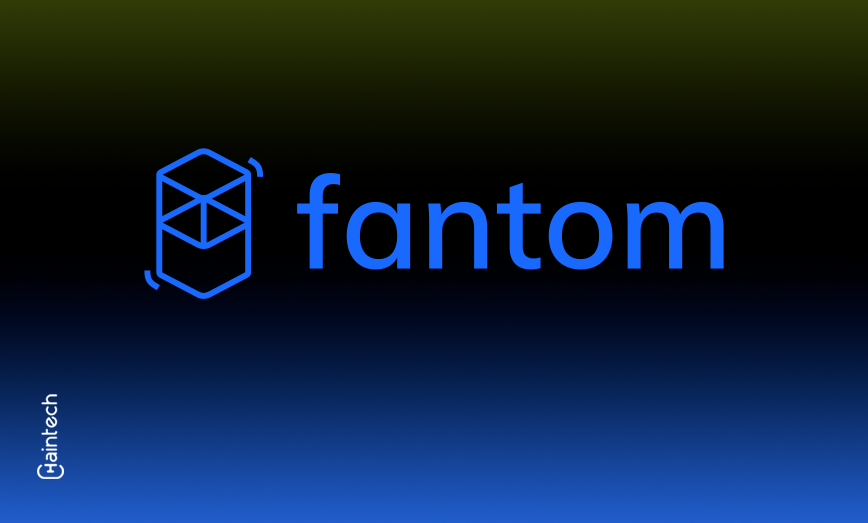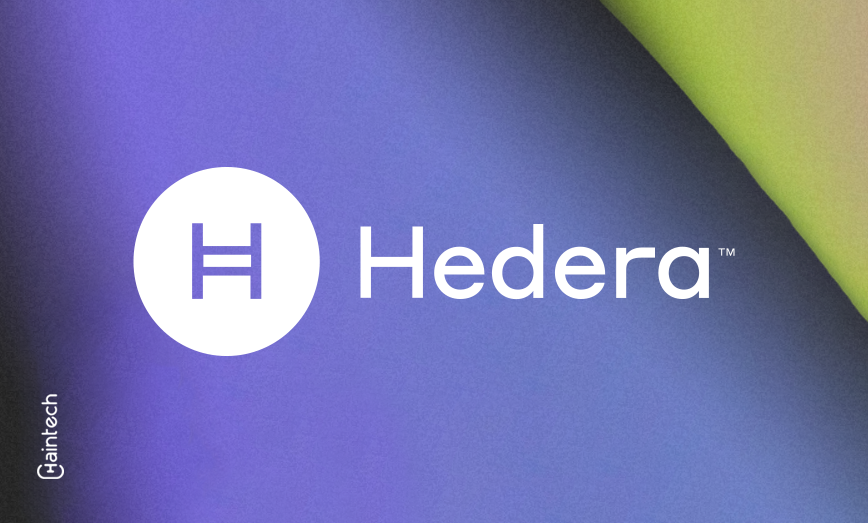Fantom Review 2024

Introduction
As blockchain technology emerged, many barriers blocked its widespread use.
Scalability was one of the problems. Blockchain networks struggled to process more transactions, slowing processing and raising fees. This made them unsuitable for daily use, especially in high-throughput fields like banking and supply chain management.
Interoperability & speed were also problems. Siloed blockchain platforms couldn’t share data. Incompatible blockchain technology limited its adoption and inhibited project collaboration.
Security was also a major concern. Blockchain was secure yet flawed. Hacks and breaches exposed blockchain protocol flaws, lowering trust and corporate and consumer adoption.
However, a new type of blockchain platform has come out to fix these issues.
It is one of the most important ones. It turned out to be a good alternative to Bitcoin and Ethereum. Fantom can take up to an hour and ten minutes to do transactions with them. Fantom’s blockchain technology, on the other hand, can complete deals for the least amount of money and in less than a second.
Let’s get familiar with Fantom, shall we?
What is Fantom?
Fantom is a cutting-edge blockchain platform founded by Ahn Byung Ik, a South Korean computer scientist, in 2018. Ahn Byung Ik founded Fantom with the aim of enhancing the usability and efficiency of dApps. It is a decentralised, open-source network at its core, which means that anyone can join.
Fantom’s high throughput is one of its best features. This means it can handle a lot of activities quickly and effectively. This is very important for dApps that require fast working speeds to function properly.
Fantom’s own coin, FTM, is one of its best features. Similar to how Ether (ETH) functions on the Ethereum network, FTM powers transactions and exchanges in the Fantom ecosystem.
Fantom was made because there was a rising need for decentralised finance (DeFi) apps. As the number of DeFi users increased, they became increasingly irritated with the high gas fees on other blockchain networks, like Ethereum. Fantom came along as an option, with much lower fees and faster transaction speeds.
It has teamed up with top solution providers like Chainlink, Band Protocol, and The Graph to improve its powers even more. With these connections, Fantom can do more and work with more apps. This gives developers access to many more tools and resources they can use to make efficient dApps.
What is Fantom Opera?
Fantom Opera is an innovative platform for secure and efficient dApp development. It lets developers build real-world apps without congestion or delays. It’s aBFT consensus mechanism gives Opera fast transaction finality and high throughput, making it perfect for dApp deployment.
Fantom Opera is an Ethereum Virtual Machine (EVM) compatible mainnet that uses Solidity to implement smart contracts. This interoperability lets developers simply convert Ethereum-based dApps to Fantom Opera, boosting their reach and capabilities.
Opera was created to solve the constraints of prior blockchain platforms while remaining compatible with Ethereum. This deliberate move allows Opera dApps to effortlessly engage with Ethereum-based apps, creating a dynamic ecosystem.
How does Fantom work?
Fantom’s consensus algorithm, Asynchronous Byzantine Fault Tolerance (aBFT), guarantees inexpensive, quick, and secure transactions. Scalability, security, flexibility, and openness are top priorities for Fantom. Despite being scalable and decentralised, the design maintains network security.
The Lachesis method makes use of a modular consensus layer. This can be added to any network of global ledgers. This makes it easy for developers to move Ethereum decentralised apps to Fantom’s mainnet, where they can get all the benefits.
If you want to make apps that work on Fantom, you can use a software creation kit called Fantom Virtual Machine. In this way, it’s also easy for coders to work on Fantom and port code from Ethereum.
Pros and Cons of Fantom
Pros:
Speed:
It can handle a lot of deals at once; it can handle thousands of them per second and finalise them in one to two seconds.
Low Fees:
Compared to other systems like Ethereum, Fantom’s transaction fees are very low.
Reward:
Both users and creators get rewards, which makes the network more liquid and long-lasting.
Widespread Adoption:
Many people use Fantom because it is listed on many exchanges around the world. This makes it easy for users and creators to get.
Interoperability:
The Ethereum Virtual Machine (EVM) works with Fantom. This makes it easy for Ethereum-based apps to connect and work together.
Fast Transactions:
Fantom can handle up to 300,000 transactions per second, and DAG technology lets it check operations quickly.
Cons:
High Node Running Cost:
On Fantom, running a node costs at least 3.125 million FTM, which some users may not be able to afford.
Competition:
Cardano, Solana, and Ethereum 2.0 are some of the other blockchain networks that Fantom has to deal with. This could affect its market.
Limited Use Cases:
Fantom looks into Internet of Things (IoT) uses, but its main focus on DeFi makes people worry about how to set it apart and whether the market is already full.
High Inflation Rate:
Fantom started out with high inflation, and it hasn’t gone down as expected as the network has grown.
Strong Rivals:
Other blockchain projects, such as NEO and Hashgraph, give Fantom a lot of competition when it comes to security and the ability to grow.
Competitors of Fantom
Mysten Labs
Blockchain platform for Web3 infrastructure. It offers an open-source wallet to allow developers to access, study, and transact on the Sui network, Sui Explorer to analyse metrics and search for transactions, Sui Name Service to register identities; and more. It sells SuiFren’s digital collectibles.
API3
API for app development. Cross-platform support, no centralised attack surfaces, serverless oracle node deployments, API governance, block-chain, and data integration are among its characteristics. Additionally, it aggregates first-party Oracle data.
Moonbeam
Smart contract platform for interoperable app development. Developers can deploy Solidity smart contracts and dApp frontends to this Ethereum-compatible smart contract platform.
Conclusion
In summary, Fantom seeks to offer scalability, security, and freedom in order to resolve the blockchain trilemma. It aspires to be the blockchain’s next generation. To do this, it finds new ways to fix the issues that the first version of blockchain networks had. The network’s own token is the Fantom token, or FTM. It is staked to keep the network safe, and people pay fees and the government with it.









